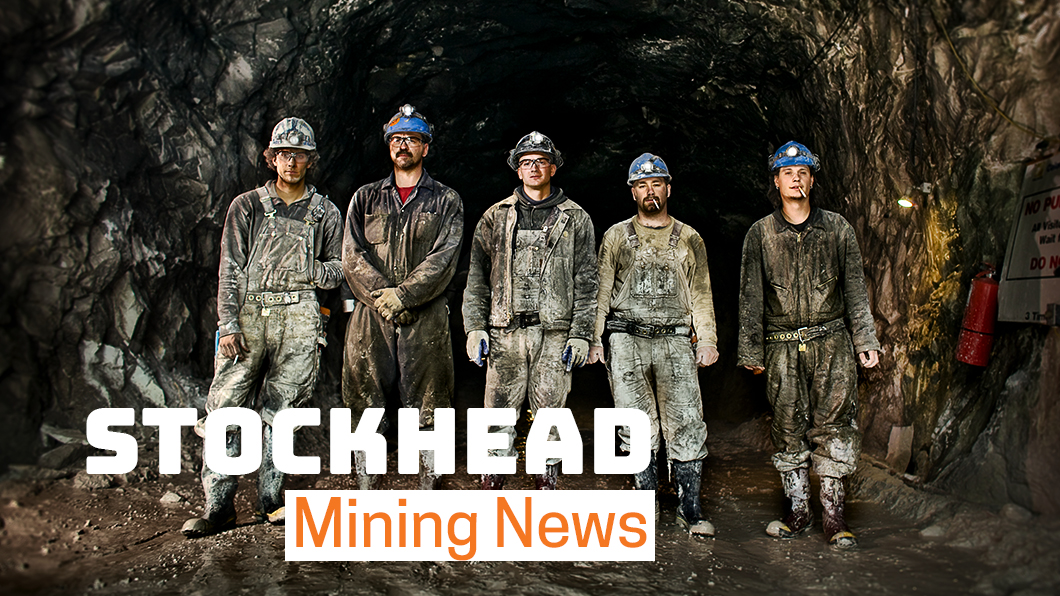Here’s why potash stocks won’t stink in 2020

Pic: Tyler Stableford / Stone via Getty Images
The last 12 months have been a period best forgotten for the majority of potash companies — including ASX small caps; but they are hopeful of a pickup in 2020.
What is potash?
Potash refers to forms of potassium which are used to fertilise food crops. Potash improves the taste, appearance and sturdiness of plants especially fruit, vegetables and tree nuts.
There are many forms of potash but the two most important and common are Muriate of potash (MOP) and Sulphate of potash (SOP). While the latter is less commonly used, it attracts a premium being used on specialty crops.
The potash market is centuries old. It was actually subject of the first ever patent issued in the United States in 1790 and was the first industrial mineral.
Today the biggest four producers are Canada, Russia, Belarus and China — in order of their market size. Between them, they are responsible for 76 per cent of the world’s potash.
But now more than a dozen small caps are jockeying to help Australia become a major potash player.
The vision of Australia being a major potash producer remains remains a dream for now. While companies have poured money into exploration at their projects, none have begun producing — yet.
Furthermore, potash prices are well below their all time peaks — these were as high as US$870 per tonne a decade ago. The average ASX small cap potash stock has lost 10 per cent in the last 12 months.
| Code | Name | Price (1pm 14/10) | Market Cap | 1Y % Return | 6M % Return |
|---|---|---|---|---|---|
| SO4 | SALT LAKE POTASH LTD | 0.84 | $202.2M | 79 | 41 |
| APC | AUSTRALIAN POTASH LTD | 0.11 | $37.5M | 55 | 34 |
| KLL | KALIUM LAKES LTD | 0.495 | $188.1M | 42 | -3 |
| BCI | BCI MINERALS LTD | 0.1675 | $65.8M | 10 | 3 |
| RDM | RED METAL LTD | 0.12 | $25.5M | 9 | 25 |
| CXM | CENTREX METALS LTD | 0.105 | $31.6M | -13 | 5 |
| EMH | EUROPEAN METALS HLDS LT-CDI | 0.28 | $32.2M | -16 | -30 |
| DNK | DANAKALI LTD | 0.61 | $162.0M | -18 | -21 |
| DAV | DAVENPORT RESOURCES LTD | 0.048 | $7.6M | -18 | -21 |
| AMN | AGRIMIN LTD | 0.555 | $101.0M | -25 | 5 |
| PIO | PIONEER RESOURCES LTD | 0.014 | $21.1M | -26 | 0 |
| FYI | FYI RESOURCES LTD | 0.067 | $13.4M | -28 | 15 |
| ORE | OROCOBRE LTD | 2.465 | $613.9M | -35 | -30 |
| RWD | REWARD MINERALS LTD | 0.085 | $13.8M | -39 | -35 |
| GPP | GREENPOWER ENERGY LTD | 0.001 | $2.3M | -75 | -67 |
| ARE | ARGONAUT RESOURCES NL | 0.005 | $7.8M | -76 | -64 |
| PWN | PARKWAY MINERALS | 0.008 | $9.7M | 14 | 100 |
Recently listed Trigg Mining (ASX:TMG) has been one of the worst IPOs in 2019 halving in just two weeks.
But the industry predicts there will be two catalysts for a good start to the 2020s. First the market will turn from being MOP dominated to being SOP dominated. Second, the explorers will evolve into producers.
1. Shift from MOP to SOP
One company involved in potash is Parkway Minerals (ASX:PWN). Director Bahay Ozcakmak told Stockhead he thinks the prices will improve as companies move from MOP to SOP. This will result in potash customers paying a premium price for a premium product.
“What we are seeing in the potash sector, like in the lithium market, is a bifurcation in pricing,” he said.
“Lower quality product is being discounted, and higher quality, particularly high purity/solubility SOP which is suitable for fertigation is able to demand a premium in some cases in excess of US$50/t.
“While there appears to be some excess MOP capacity in the market at the moment, the SOP market is not only growing, but provides the opportunity to replace more costly, and less sustainable Mannheim production with new, lower cost, brine based SOP production.
“As more SOP production comes online, it will make less sense to convert MOP into SOP, so this high-cost production will simply become unviable.”
2. Potash explorers will become producers
In the coming year, companies will become producers or be laying the finishing touches on their foundations to be producers.
The first company to produce will be Pilbara-based Kalium Lakes (ASX:KLL) which made the formal decision to proceed with its West Australian project earlier this month.
The company anticipates production beginning next year and will initially produce 90 kilo-tonnes before doubling this once full scale is reached. It has a pre-tax net project value (NPV) of $606 million.
It is backed by German financier Kfw IPEX-Bank with a $102 million debt facility as well as a $74 million Northern Australia Infrastructure Facility (NAIF) funding package.

Other companies are slightly behind but have a clear path to production. Many have completed definitive or bankable feasibility studies and have arranged finance for the project.
One such company is Australian Potash (ASX:APC) which has released its definitive feasibility study and aims to start production within 24 months after the Final Investment Decision is made.
Its project, at Lake Wells in Western Australia, aims to produce 150 kilo tonnes per annum and has a NPV of $665 million.
The stock sits at 10 cents but broker Hartleys, which estimates first production in mid-2022, has tipped APC to triple to 30 cents in 12 months.
The industry’s greatest 12 month gainer, Salt Lake Potash (ASX: SO4), released its bankable feasibility study last week and its production rate is 245 kilo-tonnes per year with a post-tax BPV of $479 million. This company is run by former Fortescue executive Tony Swiericzuk and is listed in London in addition to the ASX.
It has arranged US$150 million debt finance from Taurus Funds Management for the project, and has commenced to draw down the initial US$30 million.
As for Bahay Ozcakmak’s Parkway Minerals, it is working on its Preliminary Feasibility Study for its project at Karinga Lakes.
Ozcakmak only joined Parkway two months ago as it acquired Consolidated Potash Corporation which has a technology that can remove impurities from potash projects. He told Stockhead this technology could be expanded to water treatment — a sector that is already booming.
Hear More:
The Explorers Podcast with Barry FitzGerald: Salt Lake Potash
Potash stock guide: how the Pilbara could help feed the world
At Stockhead we tell it like it is. While Salt Lake Potash is a Stockhead advertiser, it did not sponsor this article.
UNLOCK INSIGHTS
Discover the untold stories of emerging ASX stocks.
Daily news and expert analysis, it's free to subscribe.
By proceeding, you confirm you understand that we handle personal information in accordance with our Privacy Policy.








